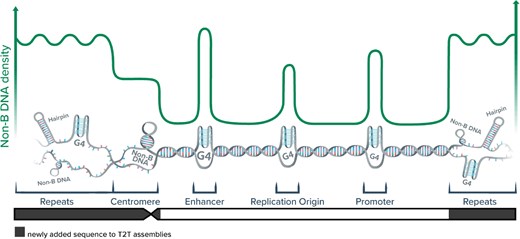2025-04-24 バッファロー大学(UB)

<関連情報>
- https://www.buffalo.edu/news/releases/2025/04/mmwave-radar-monitor-wounds.html
- https://ieeexplore.ieee.org/abstract/document/10934061
mmSkin: 高周波技術を用いたオーバーガーゼ創傷評価システム mmSkin: An Over-Gauze Wound Assessment System Using Radio Frequency Technologies
Xiaoyu Zhang; Zhengxiong Li; Yanda Cheng; Chenhan Xu; Chuqin Huang; Emma Zhang,…
IEEE Internet of Things Journal Published:19 March 2025
DOI:https://doi.org/10.1109/JIOT.2025.3553057
Abstract:
Skin wounds are often covered with gauze to protect the injury and support the healing process. Accurate wound assessment is essential for monitoring healing progress and guiding treatment decisions. However, existing assessment methods typically require direct exposure of the wound, necessitating the removal of gauze when present. This process disrupts the healing environment and increases the risk of secondary infections. In this paper, we introduce mmSkin, an innovative over-gauze wound assessment system that utilizes millimeter-wave (mmWave) radar technology to evaluate wound characteristics without the need to remove the gauze. Central to this system is the principle that variations in skin moisture, a critical indicator of wound health, significantly influence mmWave signal strength. By analyzing these variations, mmSkin accurately identifies skin moisture levels, thereby enabling precise assessment of wound conditions. To achieve reliable sensing, mmSkin incorporates a denoised mmWave imaging algorithm designed to reduce motion noise and effectively distinguish between signals reflected from the target skin and those from surrounding environmental interference. Additionally, the system integrates a physics-based model to guide the training of its moisture derivation model. This integration ensures that mmSkin can accurately estimate moisture distribution across the wound area, making it a powerful tool for non-invasive wound assessment. Extensive experiments validate the system’s high accuracy in over-gauze wound moisture distribution estimation, achieving a mean moisture error of approximately 0.5% in both wound phantom and invivo tests. Additionally, the system demonstrates a structural similarity index measure (SSIM) of about 0.9 compared to groundtruth moisture distributions in both test scenarios. These results highlight mmSkin’s potential to revolutionize non-invasive wound assessment and improve patient outcomes.


